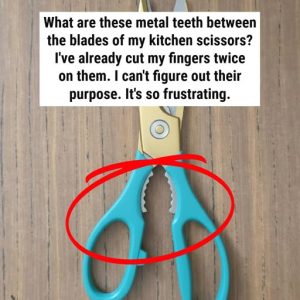The joke begins by establishing a clear conflict: the patient’s extreme fear of standard dental procedures. He emphatically rejects needles, shouting, “No way! No needles! I can’t stand them!” This instantly signals to the audience that the situation will revolve around his intense phobia and the dentist’s challenge in finding an acceptable form of anesthesia. The patient’s reaction is relatable for many people who experience dental anxiety, making the setup effective and engaging. By emphasizing his panic and resistance, the joke builds anticipation for how the dentist might navigate such a difficult situation, setting the stage for an unconventional solution.
Next, the narrative escalates when the dentist offers nitrous oxide, commonly known as laughing gas, as an alternative. The patient reacts with immediate objection, insisting he will not use gas either, claiming even the thought of the mask makes him feel like he’s suffocating. This heightens the comedic tension, as the audience realizes that conventional options—both injection and inhalation—are unavailable. The patient’s exaggerated fear adds to the humor, portraying him as almost impossibly difficult to accommodate. It also frames the dentist as a problem-solver forced into a highly unusual scenario, priming the audience for an unexpected resolution. The exaggeration of the suffocation fear amplifies the absurdity while maintaining relatability for anyone who has witnessed or experienced dental anxiety.
The turning point occurs when the dentist proposes taking a pill as a final alternative, to which the patient readily agrees. At this moment, the audience begins to anticipate a conventional oral sedative, perhaps something like a benzodiazepine, that would help relax the patient during the procedure. The humor is subtle here because the setup leads readers to expect a rational, medically appropriate solution. This tension between expectation and the eventual punchline is essential to the joke’s effectiveness. The patient’s willingness to accept a pill heightens the anticipation, making the forthcoming twist all the more surprising and humorous. The narrative cleverly builds suspense, creating a setup that seems logical on the surface but is ripe for subversion.
The punchline delivers the unexpected twist: the dentist hands the patient a Viagra pill. The patient, surprised, questions, “Wait, Viagra works as a painkiller?” The humor emerges from the incongruity between expectation and reality. Viagra is well-known as a medication for erectile dysfunction, not for pain relief or sedation. The dentist’s reply, “It doesn’t, but it’ll give you something to hold onto while I pull your tooth,” introduces an element of surprise and absurdity, reframing the situation in an adult-comedy context. The joke relies on wordplay and double entendre, as the phrase “something to hold onto” humorously suggests both physical and metaphorical support. This unexpected solution subverts the audience’s assumptions, creating the comedic payoff that relies on surprise, timing, and social taboo.
Finally, the joke can be appreciated as a commentary on problem-solving under constraints and the use of exaggeration and absurdity in humor. The patient’s extreme fears push the dentist into inventing a ludicrous alternative, highlighting the contrast between rational medical practice and absurd improvisation. The joke functions on multiple levels: it plays on dental anxiety, surprises the audience with an inappropriate but comically logical solution, and uses a twist ending to maximize humor. It also exemplifies how classic joke structures—setup, complication, and punchline—can be applied effectively through dialogue and situational comedy. The narrative showcases how exaggeration, expectation subversion, and double entendre combine to create a memorable, humorous story that resonates with audiences familiar with both dental fear and social taboos surrounding medications like Viagra.





